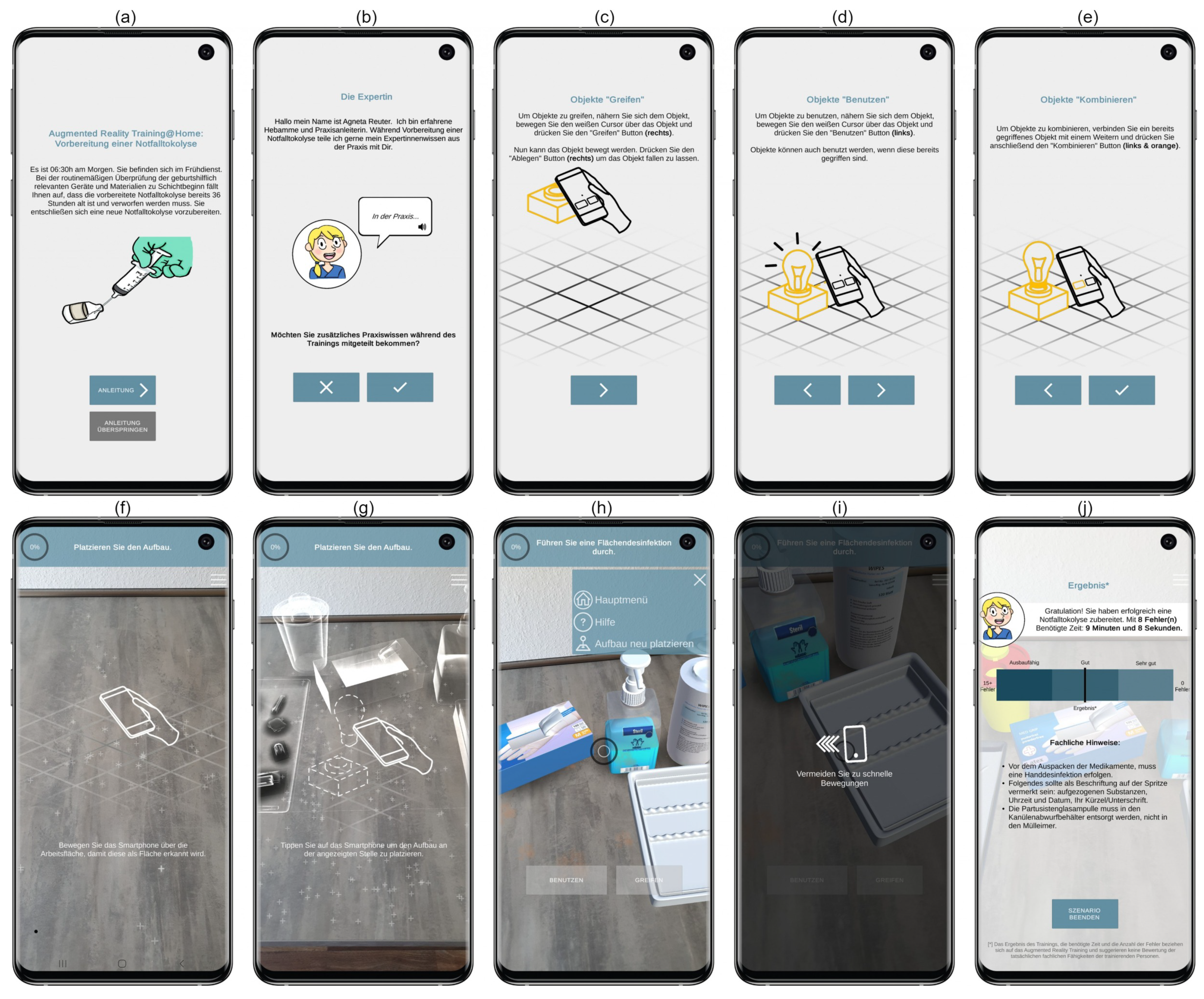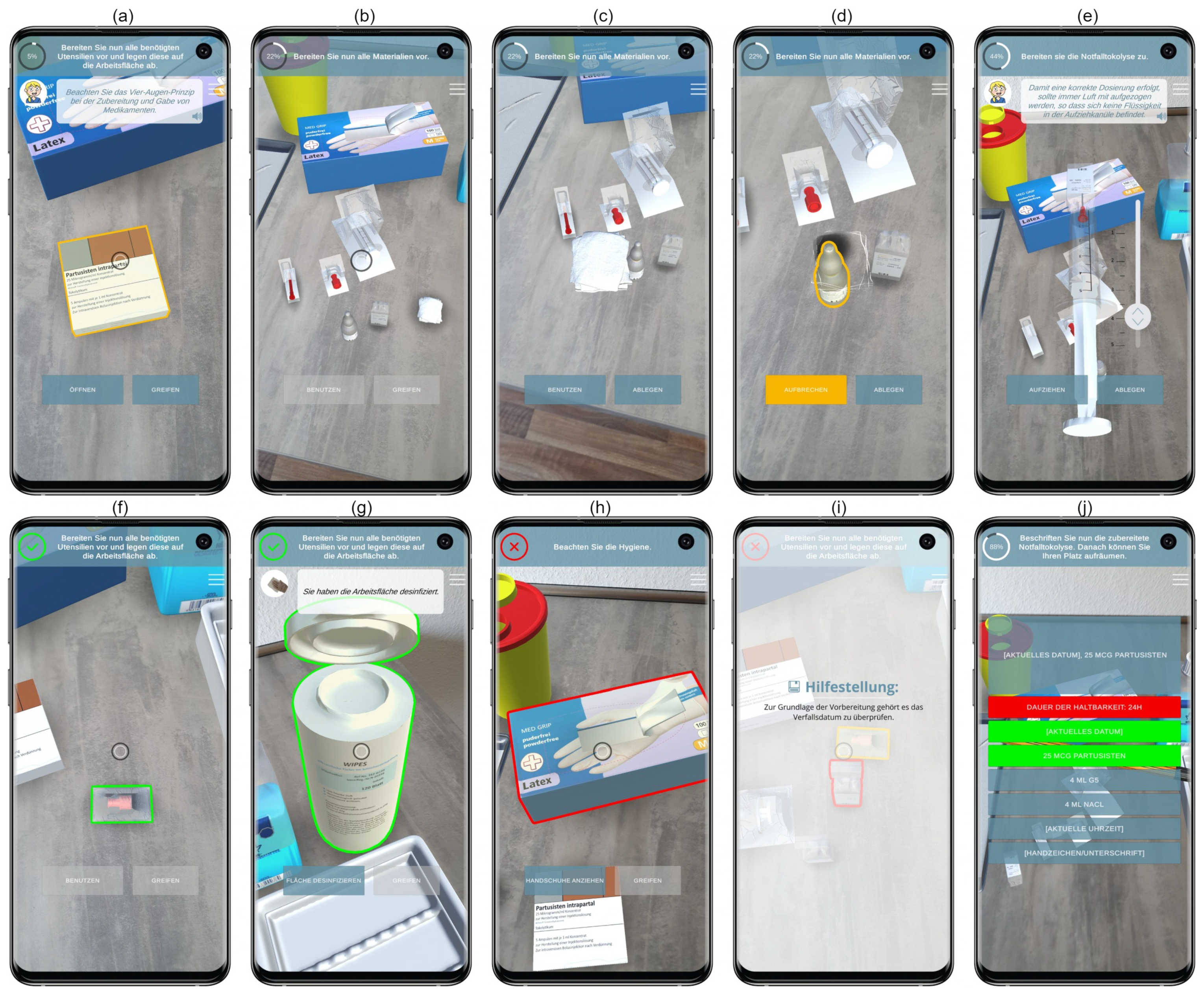
New Challenges in midwifery education
To date, the German midwifery education is at a pivoting point. While currently, midwifes are primarily educated through vocational training in the German dual education system, from 2022 onward, midwifes will be exclusively educated through the academic education system. This full academization of the midwifery education is an important step of increasing the status of midwifes in the medical context and properly preparing upcoming midwifes for an ever-increasing amount of challenges in their everyday working life. Though this is a necessary and welcomed change, it comes with a set of new challenges that have to be addressed in the coming years.
Even with the academization of the midwifery education, naturally the practical component of the training remains of critical importance. Exemplary Bachelor degree programs, as for example the one offered at the Hochschule for Gesundheit Bochum that is one of the partners in the Heb@AR project, consist of 4380 hours of theoretical and 2200 hours of practical training. While this high percentage of practical experience is essential, it creates bottlenecks not only in the availability of physical space but also in regards to the availability of instructors and simulation patients. Furthermore, the academization only increases the heterogeneity of attending students, in turn magnifying the need for practical training, individual support and tutoring by teachers.
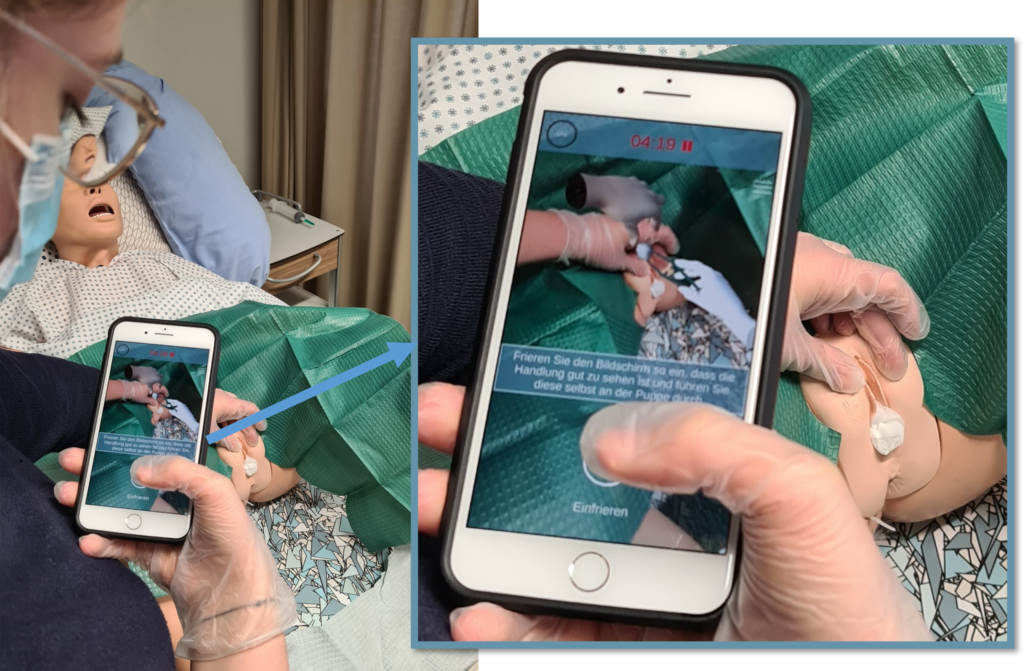
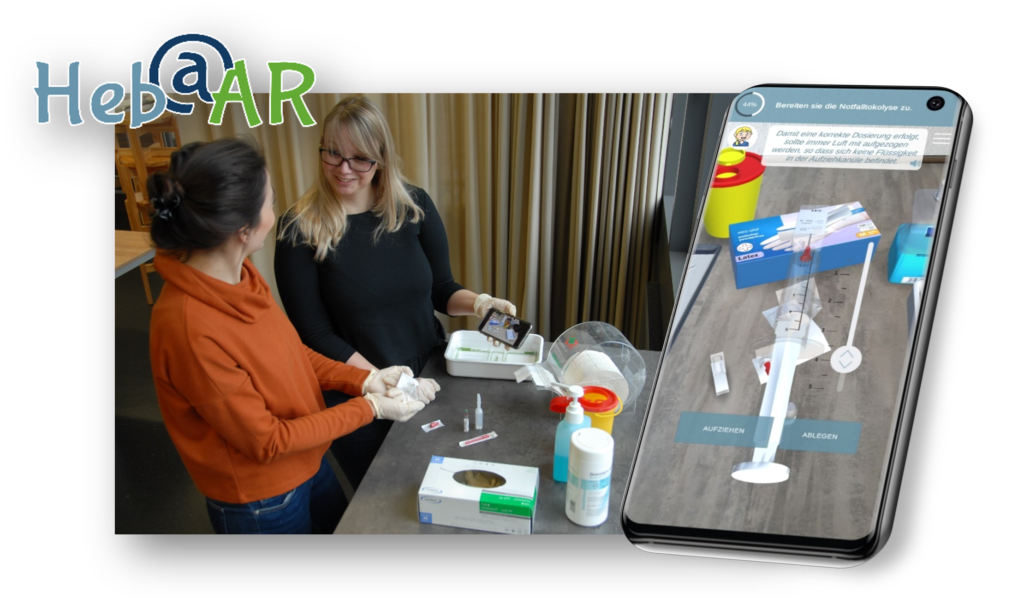
Using Augmented Reality as a training supplement
Augmented Reality allows to contextualize computer generated visual information, instructions and feedback into the physical reality. This can for example be used to supplement trainings by augmenting virtual information to real objects or interactions in a physical training context or even simulate trainings with virtual ojects entirely, allowing for time and location independent training.
While Augmented Reality is a promising technology and recent advances in tracking and display technology increasingly allow for more application-context related research, many research questions in regards to using the technology in the medical training context remain unanswered. In the Heb@AR project some of those questions are addressed specifically in the context of the practical component of the academic midwifery education: How can such an Augmented Reality training application be developed? How feasibly, viable but also accepted would such a technology be by students and teachers in this context? What kind of teaching concepts are necessary to successfully implemented Augmented Reality in the long run? How could the technology be used to supplement the training of emergency situation, that are normally hard to simulate?
To address these questions, the Heb@AR App is developed during the project, incorporating 5 training scenarios commonly found in the midwifery context.
Heb@AR Training Scenarios
Resuscitation of a newborn
In the SkillsLab training "Resuscitation of a newborn", users train the resuscitation of a newborn with adaptation difficulties. Students will practice the resuscitation algorithm provided through the European Resuscitation Council Guidelines for the resuscitation of a newborn 2021, as well as the motororical execution of the necessary actions.
This training can be performed individually (See top video on the right) or as a group training with up to 5 Smartphones/Students (See bottom video on the right).
Preparation for a Cesarean section
In the SkillsLab training "Preparing a pregnant woman for a Cesarean section", students practice the catheterization in preparation for a Cesarean section under realistic conditions, such as communication aspects, disruptive factors and time pressure. Students have to make decisions on which actions to perform next and also perform those actions themselves to train the motorical components.
Preparation of an emergency tocolysis
In the virtual training "Preparation of an emergency tocolysis" the process of drawing up an emergency tocolysis is trained. This training can be performed in instruction mode, in which students are guided through each of the steps, in training mode, where students will only receive guidance if there are specific problems, or in exam mode, where only very limited technical guidance is provided.
This training does not train motor skills, but can be trained location independent and without the usage of training materials (e.g. Syringes, carrier solutions, ...).
Resuscitation of a newborn
(Training case resuscitation unit)
In the virtual training "Resuscitation of a newborn: Training case resuscitation unit", students practice the algorithm of resuscitation of a newborn with adaptation difficulties utilizing the help of a resuscitation unit. The trained algorithm is based on the European Resuscitation Council Guidelines for the resuscitation of a newborn, 2021.
This training does not train motor skills, but can be trained location independent and without the usage of training materials (e.g. Stethoscope, ECG, ...).
Anatomy of the female pelvis
In the virtual training "Anatomy of the female pelvis", students practice the German-Latin naming and assignment of the pelvic bones and pelvic spaces for the female pelvis. Traditionally, a comparatively dry subject, this explores the possibility for gamified learning of theoretical concepts in the midwifery context.
This training can be trained location independent.
The Heb@AR App (German Version)










News & Updates
More information, news and updates on the Heb@AR project in German can be found on the official project Homepage and the official BMBF project page.
Project Partners
Beside the researcher team from the Hochschule Emden/Leer that is responsible for the technical implementation of the project, the Heb@AR Project furthermore consists of researchers from the Ruhr Universität Bochum responsible for the didactic considerations and the midwifery researcher team from the Hochschule für Gesundheit Bochum.


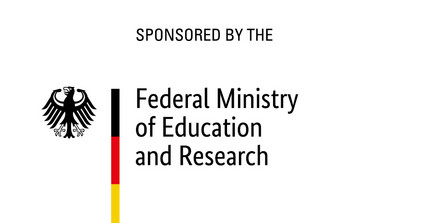
Team Emden
Responsible Investigators:

Prof. Dr. rer. nat. Thies Pfeiffer
Email: thies.pfeiffer@hs-emden-leer.de

Dr. Jonas Blattgerste
Email: jonas.blattgerste@hs-emden-leer.de
Research Assistants:
Sven Janßen (2020 – Heute)
Jan Behrends (2020 – Heute)
Jannik Franssen (2021 – Heute)
Nils Münke (2020 – 2021)
